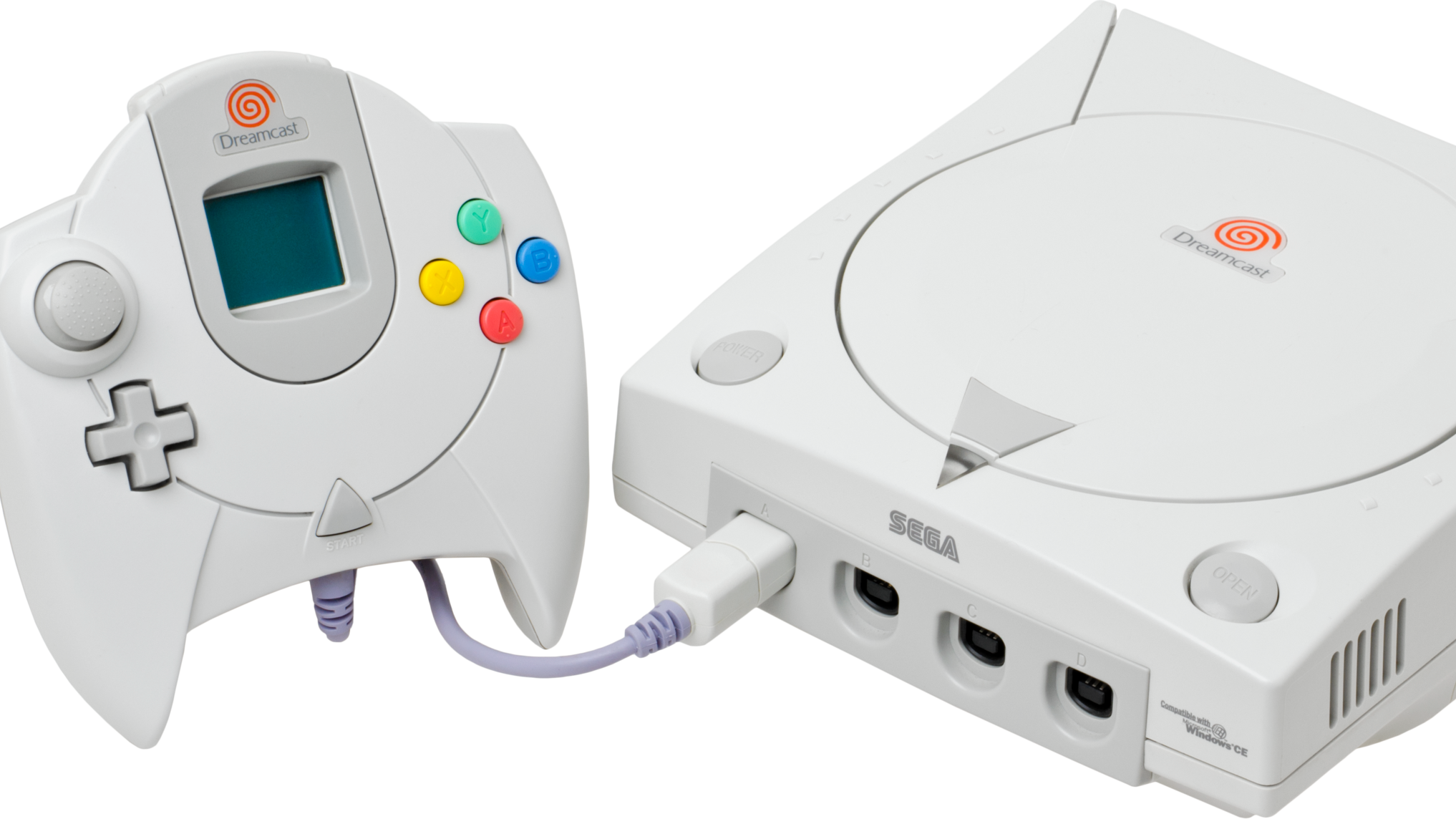Nvidia nearly went out of business in 1996 trying to make Sega's Dreamcast GPU — instead, Sega America's CEO offered the company a $5 million lifeline

Looking at Nvidia's success today as the world's third-most valuable company, you may be surprised to know that the company nearly collapsed completely in 1996 – just three years after its founding – and only generosity from a Sega executive at the time saved Nvidia from the graveyard, according to Wall Street Insights.
This is particularly surprising considering that Sega itself wasn't far from bowing out of the console business– in fact this likely contributed – but it plants an early seed for Nvidia's future place in the hardware industry as a leading PC GPU provider and Nintendo's go-to SoC manufacturer.
So, how exactly did Nvidia end up getting such a reprieve from Sega? It actually stems from the history of the Sega Dreamcast, which Sega initially went to Nvidia to develop the GPU for. While Nvidia's following work in low-power GPUs may have helped the company make more power-efficient chips down the line, these low-power graphics were ultimately not up to the spec that Sega needed for the cutting-edge Dreamcast ahead of its 1998 release.
Thus, the conclusion of the Sega-Nvidia contract seemed to be doomed to failure for both parties. Nvidia had spent lots of time and money on R&D and had nothing acceptable to show for it, which put Nvidia CEO Jensen Huang in an unenviable position. He wound up coming clean to Sega about not having their needed graphics hardware...but still asked for payment despite this.
And ultimately, Nvidia was still paid for its failed attempt at making the Dreamcast's GPU— thanks to then-CEO of Sega America, Shoichiro Irimajiri. When Huang came to Sega with the unfortunate news, he asked to still be paid in full for the contract, lest their company go out of business.
The answer picked by Irimajiri and Sega wound up being a $5 million investment into Nvidia, since Irimajiri had previously met Huang and taken a liking to him. While Irimajiri eventually stepped down from executive positions at Sega (and was briefly president of the whole company, not just the US branch), this investment was cashed out for $15 million afterward, helping keep Sega stable as the company departed the console business.
Now, one can't help but wonder. Would today's gaming and hardware be drastically different if Nvidia had actually succeeded in creating a Dreamcast-appropriate GPU? The Dreamcast's features, including online connectivity, were still very cutting-edge at the time of its release, beginning to blur the lines between gaming console and gaming PC. However, the Dreamcast's problems didn't really have anything to do with its internal hardware...so there's a non-zero chance Sega still would have exited the console business, either way.
Get Tom's Hardware's best news and in-depth reviews, straight to your inbox.
Of course, Nvidia wound up with the $5 million it needed, thanks in part to the power of friendship, and Sega tripled its investment in the process – but who knows? If desperation hadn't pushed Nvidia to make its first truly successful GPU following Sega's last-minute investment save, maybe Nvidia today wouldn't be recognizable at all.

Christopher Harper has been a successful freelance tech writer specializing in PC hardware and gaming since 2015, and ghostwrote for various B2B clients in High School before that. Outside of work, Christopher is best known to friends and rivals as an active competitive player in various eSports (particularly fighting games and arena shooters) and a purveyor of music ranging from Jimi Hendrix to Killer Mike to the Sonic Adventure 2 soundtrack.